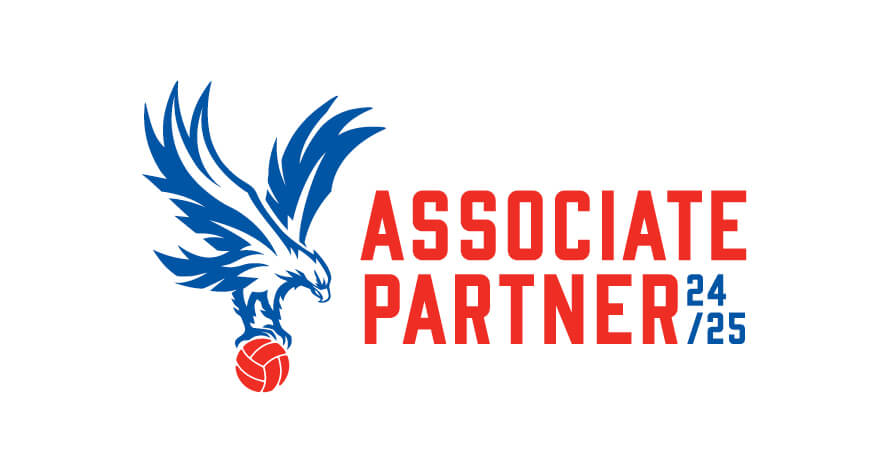Alleged Food Poisoning Investigation

Investigating alleged food poisoning complaints
One of the many aspects of the work we do at DDS (International), is support clients with their food safety management. Although having a robust food safety management system in place will mitigate and minimise the possibility of food poisoning occurring, it is also important to have a comprehensive system in place to investigate alleged food poisoning complaints. For our clients, this ensures that their customers see that their complaints are being taken seriously, and that an independent body scrutinises the customer’s complaint, providing feedback to the client who in turn provide feedback to the customer who made the initial complaint.
For some clients, the team at DDS (International) not only provide initial advice in the event of an alleged food poisoning incident, but also an independent follow-up investigation for each alleged complaint.
Our clients have our award-winning Pyramid™ system at their disposal, which allows them to log all of their food complaints, alleged food poisoning incidents, and food allergy complaints. Once logged onto the system, the information is instantly available to the client’s management team, restaurant team, and to our food safety experts at DDS. Here’s an insight into some of the things that we look at when investigating an alleged food poisoning incident…
Onset times
It is unusual for most food-borne diseases to produce symptoms for many hours after the food has been consumed. It also takes time for the organisms to work their way through the digestive system, so instances of diarrhoea, for example, that have allegedly been caused by food only eaten half an hour ago, would seem quite unlikely. However the ingestion of toxins produced by certain bacteria can cause vomiting within a short period of time.
We ask our clients not only to capture what the complainant has eaten at their establishment, but also what was eaten earlier that day, and the previous day. It’s possible that food consumed several hours ago may have been more likely to have caused the symptoms being suffered. So that we get a full picture of symptoms, we also ask our clients to record the onset times of any vomiting, diarrhoea, fever, nausea or any other symptoms suffered. This helps us build a fuller picture for investigation purposes.
Similar Symptoms
One of the key things that we try to drill-down to, is whether any similar symptoms were suffered by any other guests at the restaurant who ate the same food. Our clients can upload sales records (as well as other documentation), which helps us see how many other guests consumed the food that was the alleged cause of the customer’s symptoms. As food is sometimes prepared in batches, we can also use Pyramid™ to look for similar instances a day or two before and after the alleged food poisoning event. If we did see several events like this together, then we would be dealing with an ‘outbreak’. Fortunately, we have never seen this occur with any of our clients. This is most likely testament to the fact that they have a robust food safety management system in place, and score highly on local authority inspections.
We know that if a table of guests were all given infected food, not all of them would present with any symptoms. For this reason, we can never assume that because two people consumed the same food, and only one of them became ill, that the food was not the cause of that illness. We need to be able to look at the instances of alleged food poisoning in the context of the whole investigation.
Samples
With any alleged food poisoning complaint that is logged on the Pyramid™ system, we will always issue advice to the restaurant in question to retain and freeze a sample of the food in question, if any of that batch remains. Such samples, can be analysed at a later date, if required.
Although unpleasant, if a customer visits their doctor with suspected food poisoning, we would normally hope that the doctor would arrange for a stool sample to be taken and analysed. This can tell us a lot about the nature of the symptoms that the person has suffered. Without this analysis, it’s fairly difficult to establish what might have caused the symptoms, what organisms were involved (if any), and how long it took for the symptoms to present.
Alcohol
While not common, it’s not unheard of for a complainant to blame a bought of nausea on some food consumed, when copious amounts of alcohol have been consumed at the same time. While we certainly wouldn’t look at this in isolation, the effect that large quantities of alcohol can have on the body could well be a contributory factor to any alleged food poisoning complaint.
Paperwork
With any alleged food poisoning complaint, we would look very carefully at paperwork records (part of the food safety management system), which had been completed on, or around, the day that the complainant visited the restaurant. For example:
- Are probe calibration checks always reading 0°C and 100°C? (unlikely with tap water)
- Do temperature check values look too consistent?
- Are there missing checks?
- Are there any problems recorded? If so, is there an explanation of what went wrong and more importantly, what was done to keep the food safe? Was this all recorded?
- Has the head chef and management reviewed the paperwork?
These are just some of the areas that are scrutinised when an alleged food poisoning incident is logged on the Pyramid™ system. Our clients often use the investigatory feedback that they receive from DDS as part of the response to the customer, and to help them better understand where there might be any deficiencies in their operations, which need to be addressed.











Comments are closed.